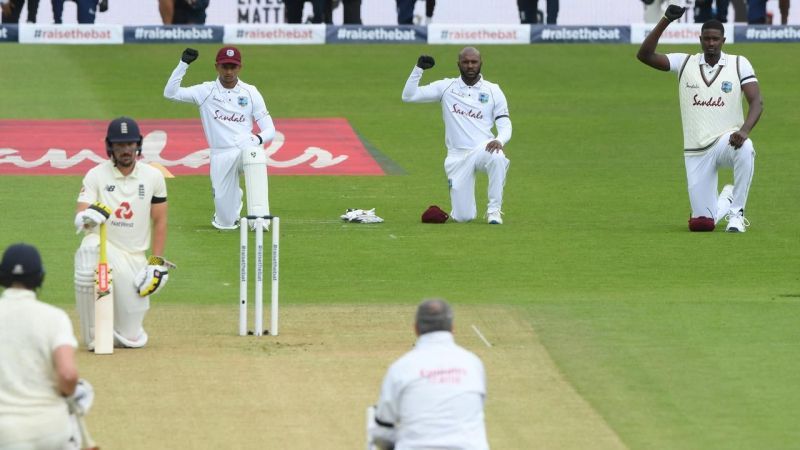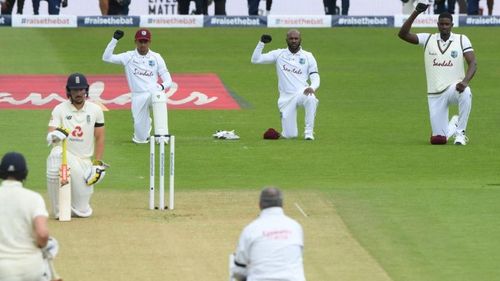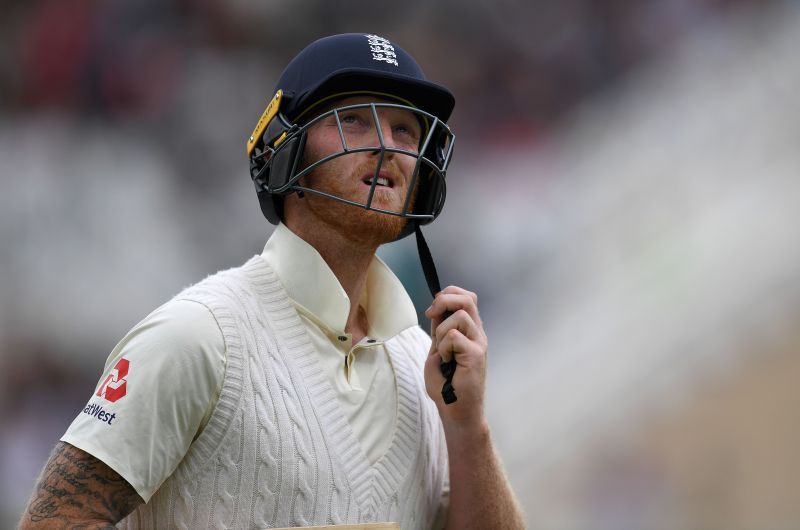
The cost of mental health as cricket is being played in bio-bubbles

In June 2020, when the England and Wales Cricket Board (ECB) announced that it would be resuming cricket in secure bio-bubbles, there was joy and doubt all around. In a spectacular achievement, the ECB managed to come up with a secure bio-bubble and pulled off an incredible Test series against the West Indies. It was the first instance of the sport being played at an international level since the COVID-19 pandemic pandemic broke out.
The England-West Indies series, as expected, drew mixed responses from the cricketing community. While former players like Rahul Dravid raised concerns over the security of the bio-bubble, the vast majority of cricket fans were relieved to see their beloved sport being played again. However, the only catch was empty stadiums. With no one applauding or even watching the action from the grounds, cricket did look and feel a bit changed.
Now, in September 2021, a lot of cricket is being played all over the world and spectators are also also being allowed inside stadiums. The Indian cricket team, for instance, have been playing non-stop cricket since their tour of Australia in November last year. With the second half of the IPL and the T20 World Cup on the horizon, it's an exciting time to be a cricket fan.
Is playing cricket inside bio-bubbles affecting the mental health of cricketers?

With matches being played on a regular basis, there are claims of cricket returning to normalcy. The fans are getting to watch the sport every time they turn on their television. The sponsors are making money with every tournament. The boards are organizing bilateral series to make up for the loss of the pandemic year. But have the players returned to normalcy?
In July, England's star player and one of the world's premier all-rounders, Ben Stokes withdrew from England's Test Squad against India, prioritizing his mental health. India's Ravichandran Ashwin left the IPL mid-way through, saying he needed time off to spend with his family. While these decisions were welcomed, things still looked bleak in international cricket.
Earlier in July, when South Africa toured Ireland for a limited-overs series. The Proteas were held to a 1-1 draw in the ODI series by the underdogs. Reflecting on the same, South African coach Mark Boucher admitted that back-to-back bio-bubbles affected the team's performance.
Pakistan batsman Shan Masood also admitted that bio-bubble fatigue had affected his on-field performance. He managed just 10 runs, including three ducks, in the two-match Test series against New Zealand in December-January.
In the IPL, both Piyush Chawla and Chetan Sakariya lost their fathers to COVID-19 while they were in a bio-bubble playing for their respective teams. Even Mohammed Siraj's father passed away while the pacer was in a bio-bubble in Australia. In a normal world, the players would have flown back home. But when one's inside a bio-bubble, it's completely non feasible.
Life inside bio-bubbles not only hinders a player's performance but also their mental health. Dr. Chaitanya Sridhar, who previously worked with the Royal Challengers Bangalore (RCB), summed up the bubble life in her interview where she said,
"The ones who are coping well are those who are in touch with themselves."
The road ahead for cricketers

It is a fact that neither the boards nor the International Cricket Council (ICC) are taking stock of this situation, not yet at least. While smaller teams are struggling to find a window to play international cricket, the big three (India, England and Australia) are squeezing their calendars to play one series after another. With a cluttered calendar, cricket had already become competitive. With the pandemic and the bio-bubble, players are pushed further into becoming performance-delivery machines.
Ben Stokes and R. Ashwin might be the ones to speak out, but if tournaments inside bio-bubbles persist, more cricketers are likely to follow suit. Isn't it time for the cricketing fraternity to take a step back and look after players' mental health?